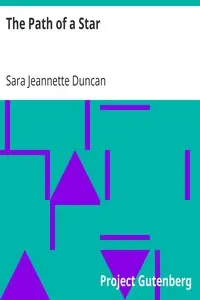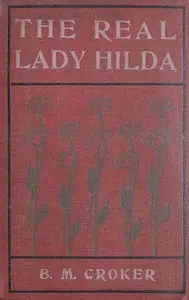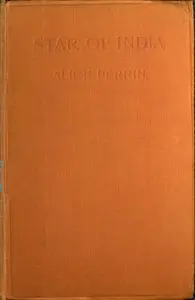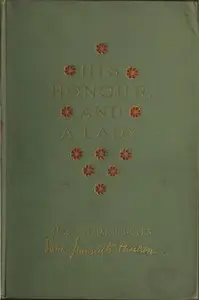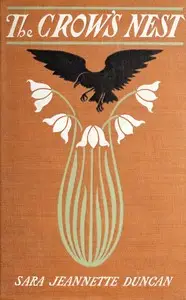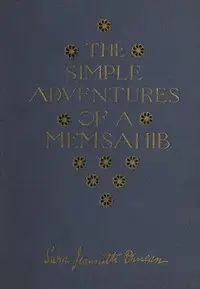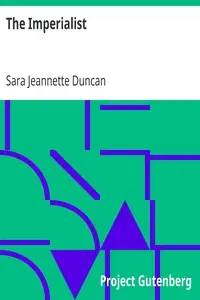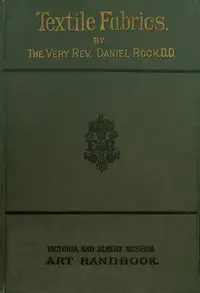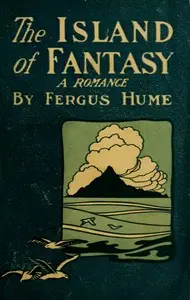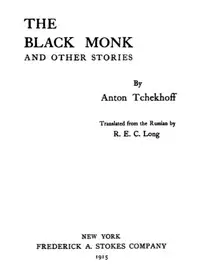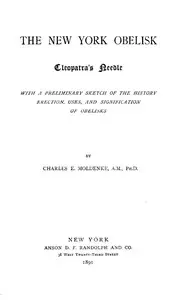"Hilda: A Story of Calcutta" by Sara Jeannette Duncan is a captivating tale set in colonial India during the late 1800s, where readers meet Hilda Howe, a talented actress carving out her place in Calcutta's lively theater scene. The story flourishes around her interactions, particularly her connection with Captain Laura Filbert of the Salvation Army, revealing a world of contrast between social classes and personal values. Hilda's journey is woven with dreams of artistic recognition and her own personal identity, all while finding her way through difficult relationships. The novel invites us to consider how people seek to find themself, driven by dreams and desires within the backdrop of a complex colonial society.

Hilda: A Story of Calcutta
By Sara Jeannette Duncan
In colonial India, a stage actress and a Salvation Army captain find their lives intertwined, highlighting the vastly different paths they've chosen amidst a world of social expectations and personal desires.
Summary
About the AuthorSara Jeannette Duncan was a Canadian author and journalist, who also published as Mrs. Everard Cotes and Garth Grafton among other names. First trained as a teacher in a normal school, she took to poetry early in life and after a brief teaching period worked as a travel writer for Canadian newspapers and a columnist for the Toronto Globe. Afterward she wrote for the Washington Post where she was put in charge of the current literature section. Later she made a journey to India and married an Anglo-Indian civil servant thereafter dividing her time between England and India. She wrote 22 works of fiction, many with international themes and settings. Her novels met with mixed acclaim and are rarely read today. In 2016, she was named a National Historic Person on the advice of the Historic Sites and Monuments Board of Canada.
Sara Jeannette Duncan was a Canadian author and journalist, who also published as Mrs. Everard Cotes and Garth Grafton among other names. First trained as a teacher in a normal school, she took to poetry early in life and after a brief teaching period worked as a travel writer for Canadian newspapers and a columnist for the Toronto Globe. Afterward she wrote for the Washington Post where she was put in charge of the current literature section. Later she made a journey to India and married an Anglo-Indian civil servant thereafter dividing her time between England and India. She wrote 22 works of fiction, many with international themes and settings. Her novels met with mixed acclaim and are rarely read today. In 2016, she was named a National Historic Person on the advice of the Historic Sites and Monuments Board of Canada.

